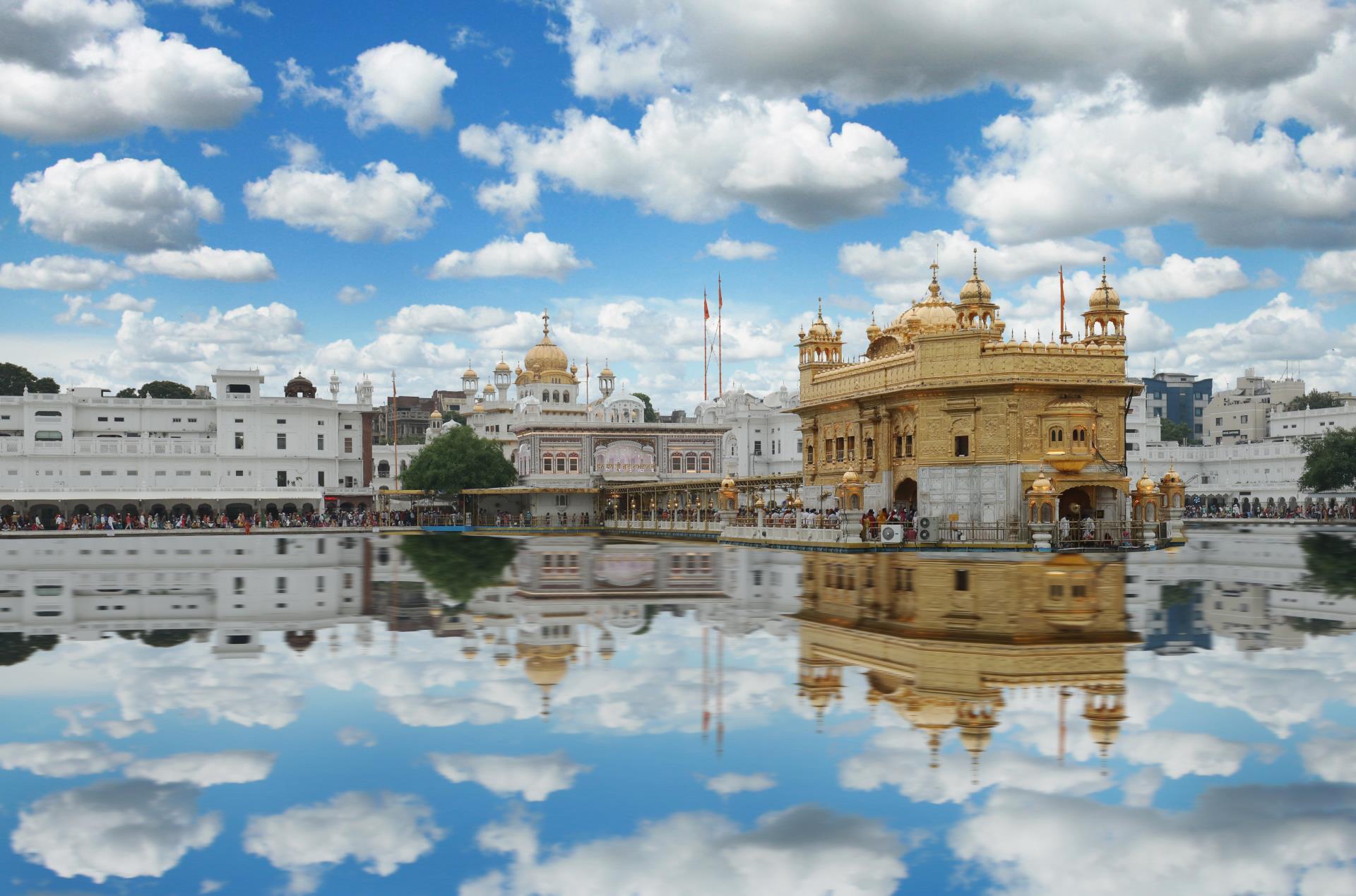
Sorry, we couldn't find anything that matches your search.
Destination

Famous Places to Explore in Hyderabad
A vibrant city with the imposing...

Raipur Tourist Places | Best Place to Visit
The stronghold of several erstwhile...

Ahmedabad
Declared as India's first UNESCO World...
#
Jallianwala Bagh in Amritsar is the site of one of the biggest tragedies in Indian history. On April 13, 1919, this park, spread across 7 acre, saw about 2,000 Indians indiscriminately shot dead at the hands of British soldiers lead by General O’Dyer. This incident is known as the Jallianwala Bagh massacre or the Amritsar massacre. Historical records tell that on the fateful day of the Punjabi harvest festival of Baisakhi, 15,000 to 20,000 people had gathered to celebrate. Apart from this, some people had also come together to hold a peaceful demonstration against the repressive Rowlatt Act that provided for stricter control of the press, arrests without warrant and indefinite detention without trial. The British got wind of it and surrounded the park armed with rifles. Then, on General O’Dyer’s orders, shots were fired indiscriminately over men, women and children.
The wall near the end of the park still holds the marks of around 36 bullets. After the shooting, several dead bodies had to be taken out of the well which people jumped into to avoid being shot. A memorial is built here to commemorate the 2,000 Indians who were killed or wounded. The story of this appalling massacre is told in the Martyr’s Gallery at the site. The incident was instrumental in changing the course of the Indian freedom struggle. It fuelled anger among people, leading to the Non-cooperation Movement of 1920-22. After the incident, Mahatma Gandhi declared, “The impossible men of India shall rise and liberate their motherland.”
“This disproportionate severity of punishment inflicted upon the unfortunate people and method of carrying it out is without parallel in the history of civilised govt.” wrote Rabindranath Tagore, a noble laureate, while returning his knighthood to the British. It is a must-visit site while going to Amritsar.








